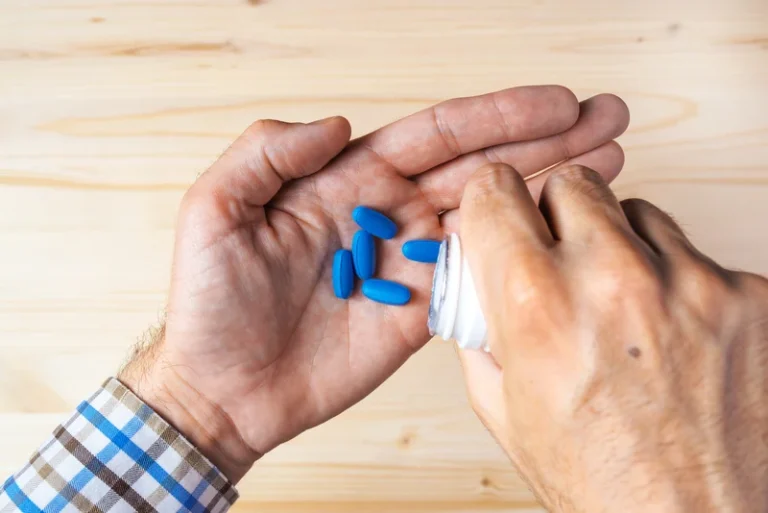
Because ketamine withdrawal doesn’t typically include physical symptoms, you can sometimes ketamine withdrawal symptoms stop taking it ‘cold turkey’. This isn’t appropriate in every case, especially if acute withdrawal symptoms occur. However, it may be necessary where stopping quickly is a priority, as might be the case in a chronic user with damage to the urinary tract.

Ketamine therapy side effects
- These symptoms can last from a few days to weeks, particularly the psychological symptoms of excitotoxicity.
- While it is possible to detox from ketamine at home, we would strongly advise that you undergo this process at a specialised facility, in the safe hands of medical professionals.
- This is likely a product of the brain processing the experience of withdrawal.
Detox typically lasts 7 to 10 days and is conducted in a specialist inpatient rehab centre under medical supervision. You’ll stay in a calm and supportive environment, designed to help you safely manage withdrawal symptoms while ensuring your comfort and wellbeing. Before someone seeks comprehensive treatment for ketamine addiction, they may wish to first go to a detox center. Detox centers help people struggling with substance use disorders rid drugs from their body in a safe and secure environment surrounded by medical professionals. Our goal was to systematically review the most recent evidence on the efficacy of ketamine or one of its R/S enantiomers as a treatment for SIB. Our review focused on randomized controlled trials (RCT) of ketamine treatment in participants presenting with clinically significant suicidal ideation (SI).
Importance of Medical Supervision

During this time, people may experience things like anxiety, mood swings, cravings heroin addiction for ketamine, fatigue, and trouble sleeping. These symptoms can be uncomfortable, but they usually get better with time. Medical practitioners oversee detoxification, ensuring the patient’s safety and comfort during withdrawal.
- For some people, the experience is so pleasant that they keep using the drug regularly.
- The treatment creates a safe space where individuals can explore underlying issues, devise coping mechanisms, and address emotional or psychological obstacles they face during their return journey.
- Medical interventions may include non-addictive medications to ease symptoms like anxiety, nausea and insomnia.
- Since ketamine withdrawal is so variable, it’s difficult to provide a firm withdrawal schedule.
Ketamine Withdrawal Symptoms and Timeline
By riding out these symptoms, you slowly rid yourself of your dependence on ketamine, bringing you one step closer to permanently ditching your addiction. Over time, ketamine use can lead to cognitive issues, memory impairment and mood disturbances, creating a cycle of dependence. Outside of its medical uses, ketamine is frequently abused as a recreational drug because it has hallucinogenic and euphoric effects. Ketamine withdrawal can be a complex experience, with a variety of symptoms that can affect you both physically and psychologically. Copyright © 2025, AddictionHelp.com The information provided by AddictionHelp.com is not a substitute for professional medical advice.
Onset of symptoms – 24 to 72 hours
Reach out to us today for more information about how our heroin treatment programs can help you or a loved one. The timeline of ketamine withdrawal symptoms depends on various factors, including the amount and frequency of use, the duration of the addiction, and whether other substances were involved. Though each person’s experience is unique, a general timeline can offer some insight into the withdrawal process. Seeking professional help during this time can provide much-needed comfort, stability, and safety.
- Medications might be a part of the treatment plan, but behavioral therapies, counseling, and supportive care are also crucial.
- Unfortunately, misuse of the drug can swiftly develop into ketamine addiction, with users so reliant on the substance that they feel they need it just to function in everyday life.
- Limitations include study heterogeneity, small samples, and paucity of data for suicidal behavior or R-ketamine.
Here, we will discuss how to manage and reduce symptoms, and how best to cope with any long-term side effects. It’s worth remembering that the cycle of ketamine abuse doesn’t end with detox. Understanding the reasons for becoming dependent and being guided in cultivating awareness of future triggers goes a long way to maintaining recovery. Additionally, long-term use can damage the bladder and urinary tract, causing pain and difficulty urinating. Withdrawal symptoms, like cravings, anxiety, and insomnia, can make it hard to quit using ketamine. While it is possible to detox from ketamine at home, we would strongly advise that you undergo this process at a specialised facility, in the safe hands of medical professionals.
Inpatient Rehab Programs

We maintain strict accuracy standards, sourcing information exclusively from credible sources for our website content. Treatment programs are available in inpatient and outpatient levels of care. People must receive the targeted, individualized treatment needed to meet their goals.
Low dose oral ketamine treatment in chronic suicidality: An open-label pilot study

During this period, many of the severe physical symptoms begin to decrease. However, the psychological effects, such as cravings, depression, and anxiety, often remain present. Ongoing support and supervision are crucial during this time to help manage emotional symptoms and reduce the risk of relapse.














